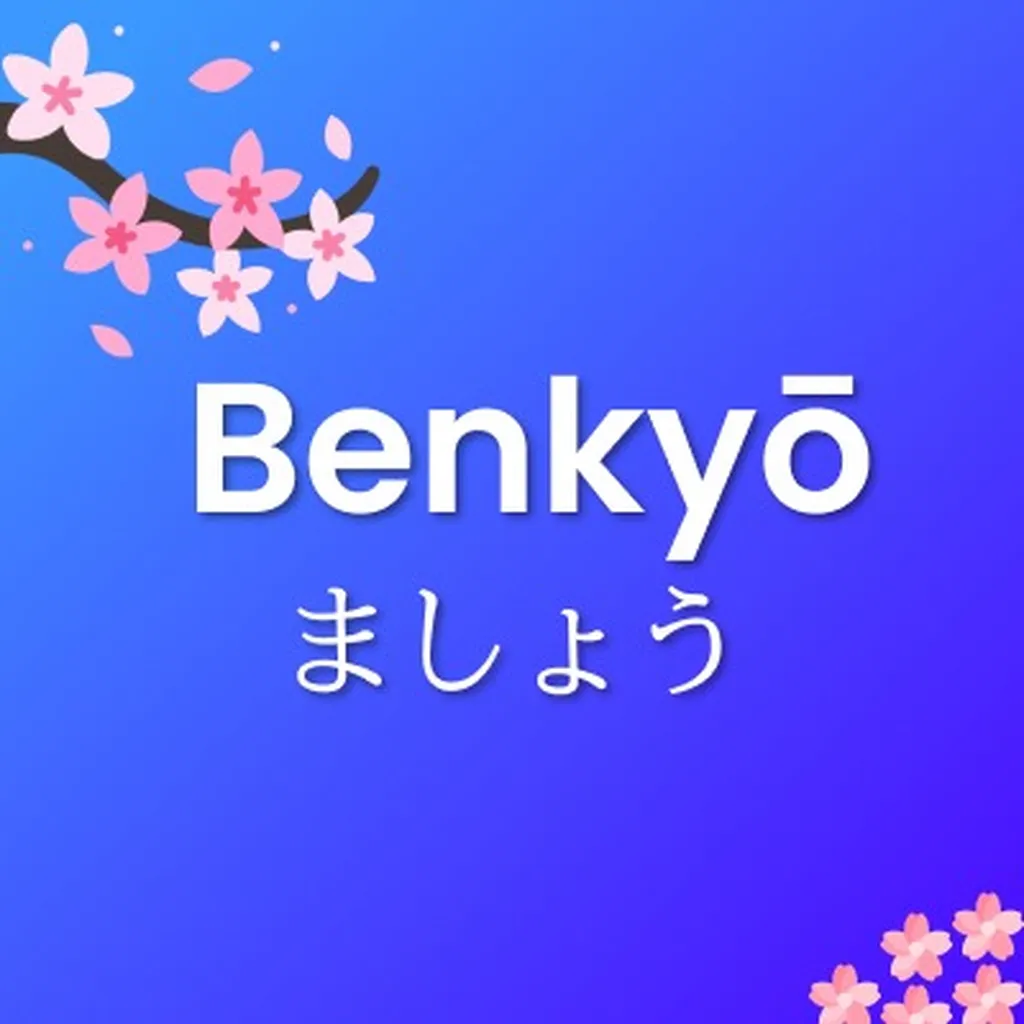Invitation Patterns: ~ませんか? and ~ましょう
Inviting someone politely in Japanese often uses two main patterns: ~ませんか? and ~ましょう. Both attach to the verb's ます-stem but convey slightly different nuances.
~ませんか? ("Won't you…?")
This is a common and polite way to invite someone without sounding pushy. It has a soft, optional tone.
Structure: Verb ます-stem + ませんか? → "Won't you [do something]?"
Examples:
映画を見ませんか?
Eiga o mimasen ka?
Won't you watch a movie?
Note: Soft, polite invitation using ~ませんか?
一緒に食事しませんか?
Issho ni shokuji shimasen ka?
Won't you have a meal together?
Note: Polite dinner invitation.
カラオケに行きませんか?
Karaoke ni ikimasen ka?
Won't you go to karaoke?
Note: Common social invitation in Japan.
~ましょう ("Let's…")
This is more direct, suggesting that you and the other person do something together. It can sound confident or semi-formal.
Structure: Verb ます-stem + ましょう → "Let's [do something]."
Examples:
公園で散歩しましょう。
Kōen de sanpo shimashō.
Let's take a walk in the park.
Note: Using ~ましょう to suggest doing something together.
ご飯を食べましょう。
Gohan o tabemashō.
Let's eat.
Note: Suggesting a meal together.
明日会いましょう。
Ashita aimashō.
Let's meet tomorrow.
Note: Suggesting a future meeting.
Cultural Insight:
In Japanese culture, being indirect is often preferred when making invitations. The ~ませんか? pattern makes the invitation sound optional and open-ended, giving the other person an easy way to decline if needed. This reflects the Japanese value of consideration for others' feelings and avoiding putting someone in an uncomfortable position.
Casual Variations
In casual speech among friends or family, you can use the plain form variations:
Formal: ~ましょう
Casual: ~(よ)う
Example: 食(た)べましょう → 食(た)べよう
Tabemashou → Tabeyou
"Let's eat." → "Let's eat." (casual)
Formal: ~ませんか?
Casual: ~ない?
Example: 行(い)きませんか? → 行(い)かない?
Ikimasenka? → Ikanai?
"Shall we go?" → "Wanna go?" (casual)
Usage Note:
If you're uncertain whether someone wants to join, ~ませんか? is gentler and more appropriate. Use ~ましょう when you're fairly sure they'll agree or when you're taking initiative in a group setting.
